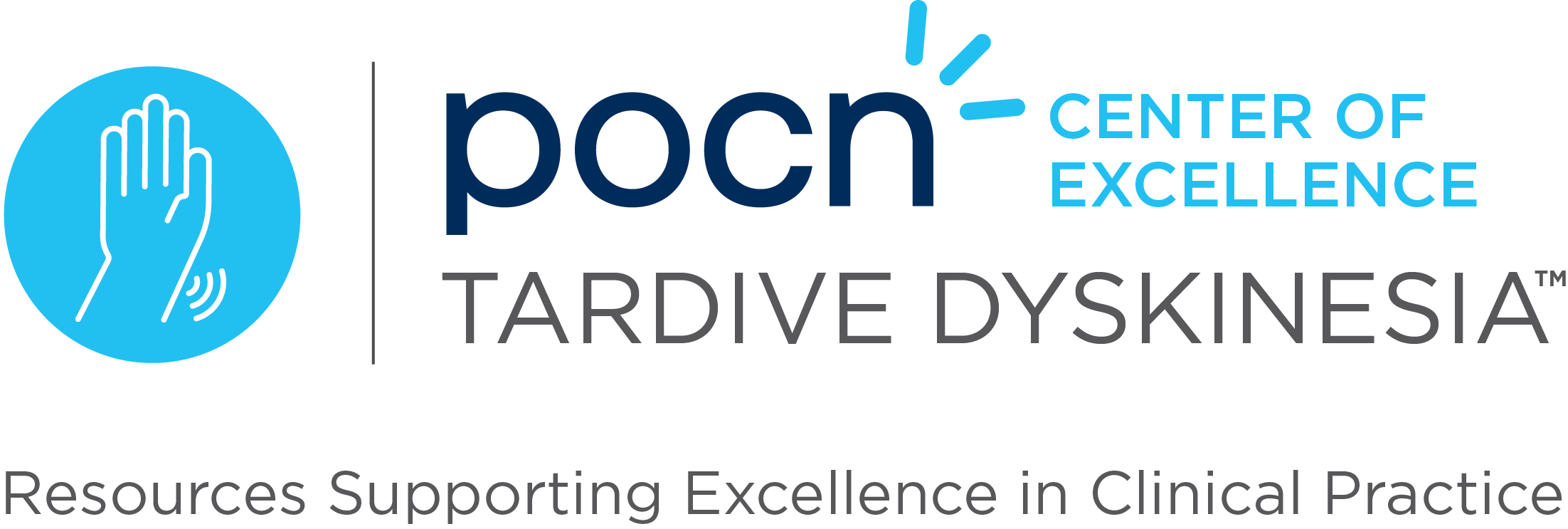Oromandibular dystonia is a focal dystonia involving involuntary movements of the jaw, lips, tongue, and oropharynx, often affecting speech and eating. The diagnosis is clinical and can be challenging. A 70-year-old male with a history of psoriatic arthritis treated with methotrexate developed oromandibular dystonia, initially diagnosed as Meige’s syndrome. The patient’s condition improved significantly after switching from methotrexate to sulfasalazine and receiving botulinum toxin-A (BoNT-A) injections, suggesting a possible link between methotrexate and the dystonia.
This case underscores the complexity of diagnosing oromandibular dystonia, emphasizing the need for a thorough clinical history and objective examination. The temporal association between methotrexate use and the onset of dystonia suggests a possible adverse effect. Treatment with BoNT-A injections proved effective in managing residual symptoms, and ongoing speech therapy was recommended. The case illustrates the importance of a multidisciplinary approach and individualized treatment strategies in managing dystonia to improve patient outcomes and quality of life.
Reference: Oliveira D, Moura D, Azevedo S, Guimarães B, Toste S. Oromandibular Dystonia as a Side Effect of Methotrexate. Cureus. 2023;15(10):e47248. doi: 10.7759/cureus.47248.


